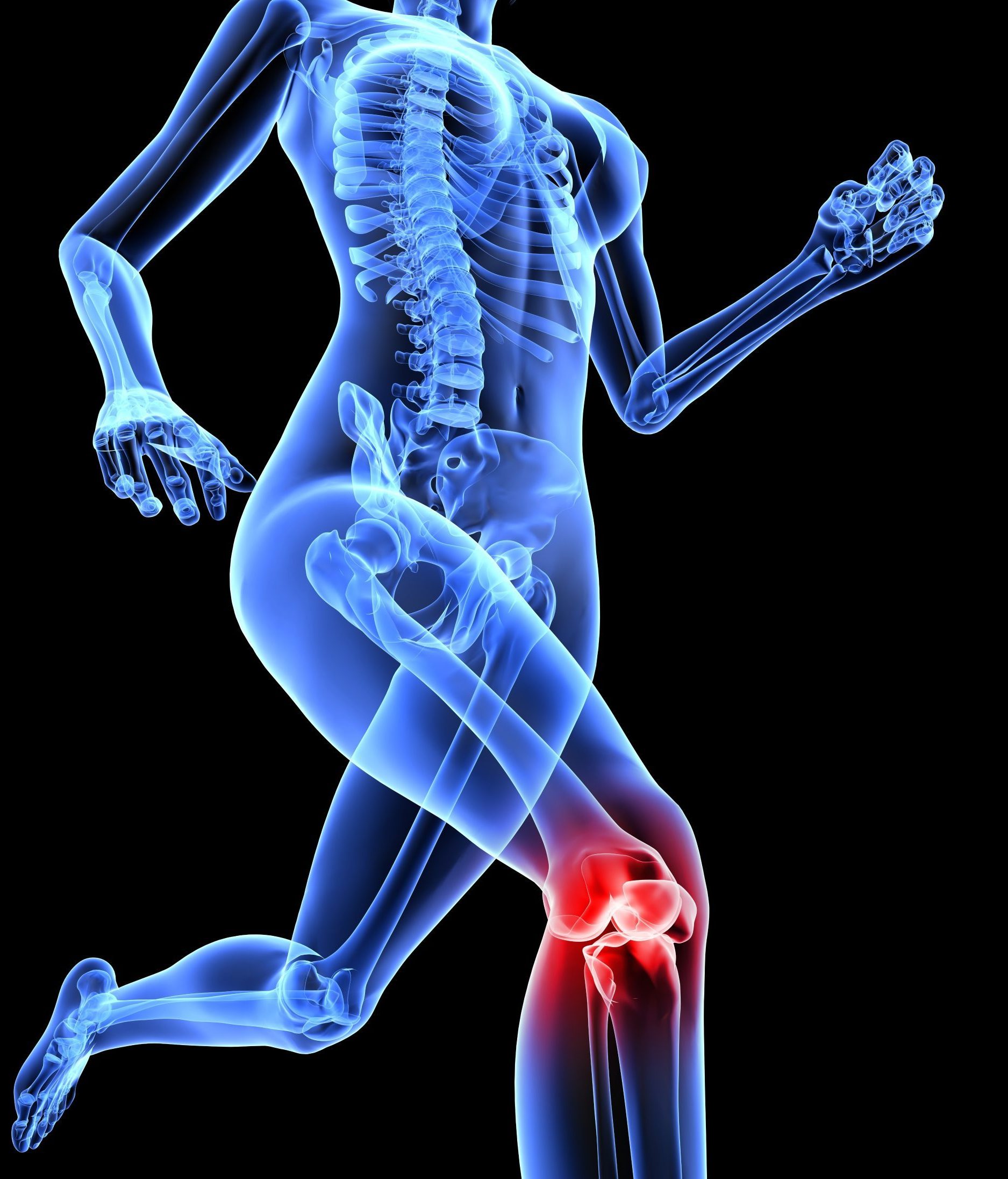A new study evaluates trends in knee arthroscopy. Have evidence-based recommendations influenced real-world practice?
This post comes from research resident Derek T. Schloemann, MD, MPHS. It’s the first in a new section of OrthoBuzz we’re calling Resident Roundup. We look forward to sharing additional posts written by residents, or of special interest to residents, here on OrthoBuzz.
A number of clinical trials have demonstrated no benefit of arthroscopy for degenerative conditions in the knee compared to either placebo or nonoperative treatment. However, little is known about trends in rates and outcomes of knee arthroscopy as clinical guidelines have shifted.
In a recent study in NEJM Evidence, Rampersaud and colleagues report on trends in knee arthroscopy over time in Ontario, Canada.
- The authors evaluated 408,040 knee arthroscopy procedures performed between 2004 and 2019 in Ontario. The province is home to approximately 40% of the Canadian population.
- The majority of patients (57.0%) were male, 49.9% were age 50 or older, and 74.5% had no medical comorbidities.
- Over the study period, 11.8% of the procedures were performed for osteoarthritis, 56.2% for degenerative meniscal disease, 4.9% for meniscal trauma, and 27.1% for other knee diagnoses.
Overall Findings
- The authors report an overall 8.9% decrease in knee arthroscopy procedures—from 24,070 in 2004/2005 to 21,920 in 2018/2019.
- Generally, rates of progression to knee arthroplasty within 1 to 5 years following arthroscopy decreased for all diagnoses except meniscal trauma. This may reflect better patient selection. Trends remained after adjusting for patient-, surgeon-, and hospital-level covariates.
A more detailed look at the findings can be found here.
The study had a number of limitations. First, as a retrospective analysis of administrative claims data, the results are dependent on reliable coding of variables. In addition, the dataset was missing important variables, including patient body mass index and race and ethnicity. Lastly, the results may not apply to the U.S. population.
However, the comprehensive and longitudinal nature of the dataset increases the generalizability of the findings.
Changing Trends
The authors state that their results “may reflect the appropriate incorporation by surgeons of best practice recommendations regarding knee arthroscopy in patients with osteoarthritis or degenerative meniscal disorders.” We cannot draw definitive conclusions regarding specific reasons for their findings because of the non-randomized nature of their data, but their explanation is certainly plausible. They note that the trends they observed appear to correspond with the release of updated recommendations regarding arthroscopy use in Ontario, Canada.
Future work may aim to evaluate the impact of other published practice recommendations, including the 2021 American Academy of Orthopaedic Surgeons clinical practice guidelines for the management of knee osteoarthritis.
As an orthopaedic surgery research resident, this study makes me hopeful that the work that I and others are pursuing may translate into improvements in care for our patients.

Dr. Schloemann is an orthopaedic surgery research resident at the University of Rochester Medical Center in Rochester, New York.
More insights into arthroscopy can be found in these OrthoBuzz posts: BMAC in Hip Arthroscopy: Its Potential in Cases of Cartilage Injury and Use of Machine Learning to Predict Improvement After Hip Arthroscopy.





One thought on “Insights into Trends in Knee Arthroscopy”